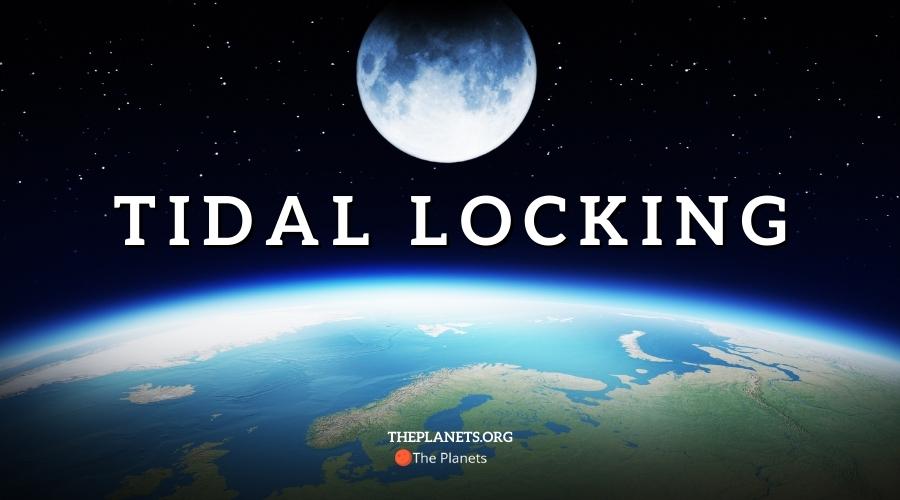
Have you ever wondered why we only see one side of the moon? No matter the time of night or day of the year, we can never take a glimpse at the “dark side of the moon” from down here on the Earth. That’s because the moon is tidally locked to Earth.
Tidal Locking
Tidal locking is when a celestial body takes the same amount of time to complete its orbit as it does to rotate on its access. Essentially, the celestial body’s year is just as long as its day. Take, for example, our moon. The moon completes its orbit around Earth in 28 days. It also manages to rotate on its axis every 28 days. Because of this tidal locking, we only ever get to see one side of the moon from Earth. So, how does this happen?
This cosmic phenomenon happens over time because of the forces exerted on the two bodies. Earth exerts a ton of force on the moon. It’s what keeps it in orbit. The moon constantly experiences stretching and pulling from Earth. Over time, this caused the moon to slow down. That constant stress forced the moon to sync up with the Earth.
Of course, the exertion of force goes both ways. The moon’s forces also cause the Earth to swell and stretch. While it may sound unnerving, those forces actually do some good for us here on earth. The forces are responsible for our tides, hence why the phenomenon is called tidal locking. The strong force from the moon is why tide levels change throughout the day.
Extreme Effects
Tidal locking can have more extreme effects on planets and their moons as well. Earth’s rotation isn’t majorly affected by the moon’s forces. We still have a solid day/night cycle. However, that’s not the case for other planets.
Pluto and its moon Charon are both tidally locked to each other. That means that the moon’s rotation matches its orbit and the rotation of Pluto. As a result, the moon and planet are always facing each other.
That’s only one case of extreme tidal locking. There have been some recent discoveries of more examples. The forces from the moon continue to change how Earth moves, so it’s entirely possible that our planet could behave like Pluto billions of years in the future.